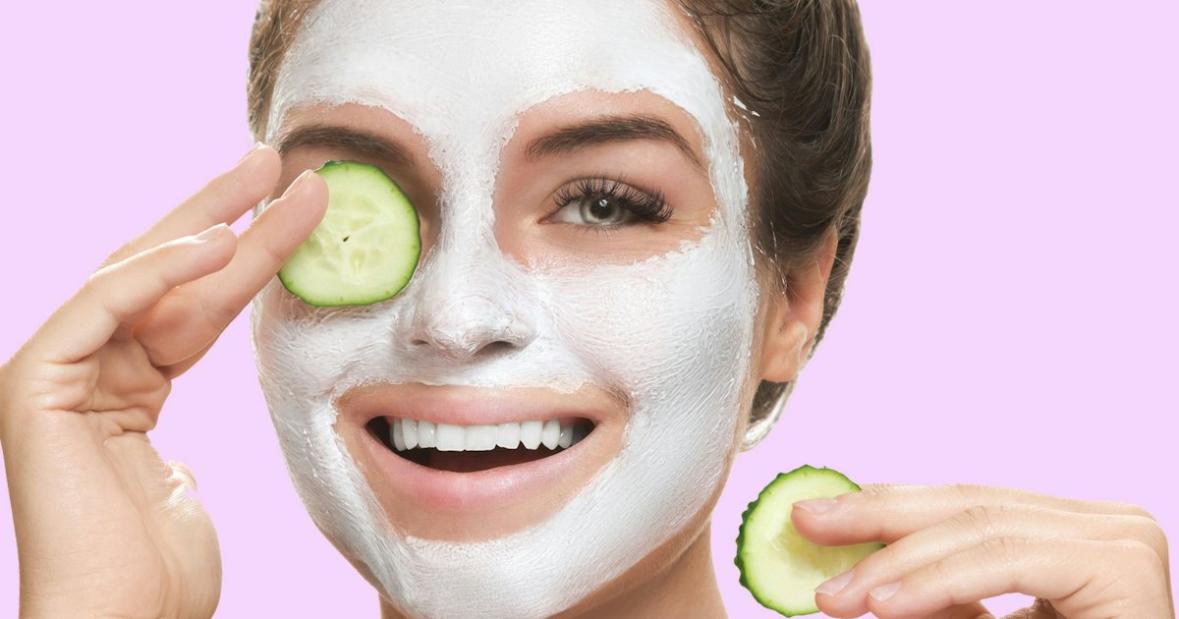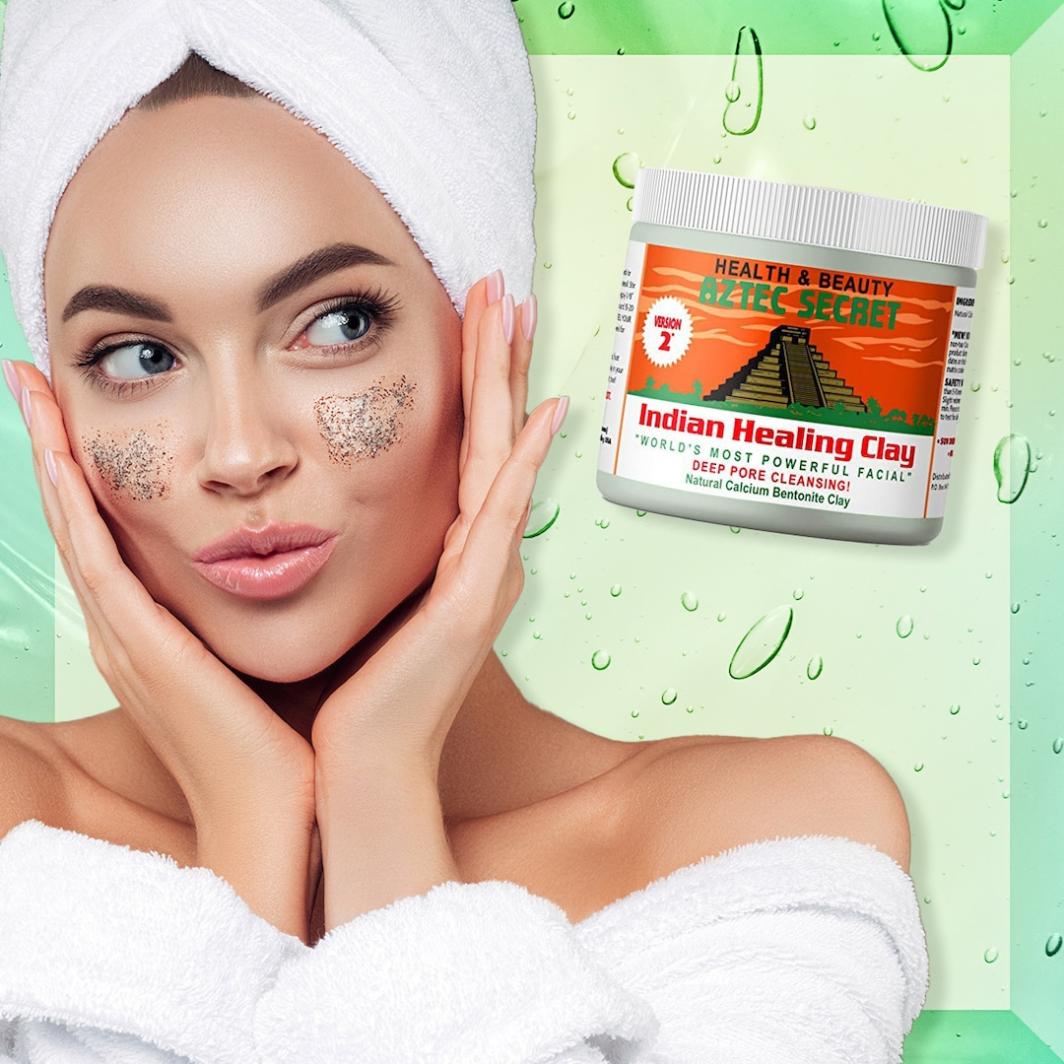What Are the Different Types of Face Masks?
Face masks have become an essential part of our daily lives in the wake of the COVID-19 pandemic. Understanding the different types of face masks available and their effectiveness can help you make informed decisions about which mask to wear in various situations.

Types Of Face Masks
Surgical Masks
- Description: Disposable, loose-fitting masks made from non-woven material.
- Purpose: Prevent the spread of respiratory droplets from the wearer to others.
- Effectiveness: Moderate. They can block large respiratory droplets but may not be effective against smaller aerosol particles.
N95 Respirators
- Description: Tight-fitting masks with a filter that meets the N95 standard.
- Purpose: Protect the wearer from inhaling harmful particles, including respiratory droplets and aerosols.
- Effectiveness: High. They can filter out at least 95% of particles 0.3 microns in size.
KN95 Respirators
- Description: Similar to N95 respirators, but manufactured in China.
- Purpose: Protect the wearer from inhaling harmful particles, including respiratory droplets and aerosols.
- Effectiveness: High. They can filter out at least 95% of particles 0.3 microns in size.
Cloth Masks
- Description: Reusable masks made from fabric, such as cotton or polyester.
- Purpose: Reduce the spread of respiratory droplets from the wearer to others.
- Effectiveness: Low to moderate. They can block some respiratory droplets, but the level of protection varies depending on the material and construction of the mask.
Choosing The Right Face Mask
The choice of face mask depends on several factors, including the level of protection needed, comfort and fit, breathability, and cost.
Factors To Consider
- Level of protection needed: Consider the risk of exposure to respiratory droplets or aerosols. Healthcare workers and individuals in high-risk settings may need a higher level of protection.
- Comfort and fit: The mask should fit snugly around the nose and mouth without gaps. It should be comfortable to wear for extended periods.
- Breathability: The mask should allow for easy breathing. Some masks, such as N95 respirators, may be more difficult to breathe through.
- Cost: Face masks vary in price. Consider the cost when choosing a mask that meets your needs.
Recommendations
- Healthcare workers: N95 or KN95 respirators are recommended for healthcare workers who are at high risk of exposure to respiratory droplets or aerosols.
- General public: Surgical masks or cloth masks are recommended for the general public in settings where social distancing is not possible.
Proper Use Of Face Masks
Wearing a face mask correctly is essential for its effectiveness. Follow these steps to put on and take off a face mask properly.
Steps For Putting On A Face Mask
- Wash hands with soap and water: Before touching the mask, wash your hands with soap and water for at least 20 seconds.
- Place the mask over your nose and mouth: Hold the mask by the ear loops or ties and place it over your nose and mouth. Make sure the mask covers your nose, mouth, and chin.
- Adjust the mask to fit snugly: Pinch the nose bridge to create a snug fit around your nose. Adjust the ear loops or ties to ensure the mask fits securely.
Steps For Taking Off A Face Mask
- Remove the mask by the ear loops or ties: Avoid touching the front of the mask. Remove the mask by grasping the ear loops or ties and pulling them off.
- Avoid touching your face: After removing the mask, avoid touching your face, especially your eyes, nose, and mouth.
- Wash hands with soap and water: Immediately wash your hands with soap and water for at least 20 seconds.
Understanding the different types of face masks and their effectiveness can help you make informed decisions about which mask to wear in various situations. Proper use of face masks is essential to ensure their effectiveness in preventing the spread of respiratory droplets and aerosols.

YesNo

Leave a Reply